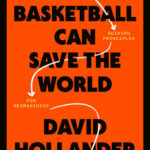
The Gipper and His Gallop Through History
The Reagan Renaissance will no doubt be helped by Max Boot’s thorough, engaging, and balanced new biography, Reagan: His Life and Legend. Although the book is 736 pages, it rarely drags and while the author admires his subject, he is not blind to Reagan’s faults.









